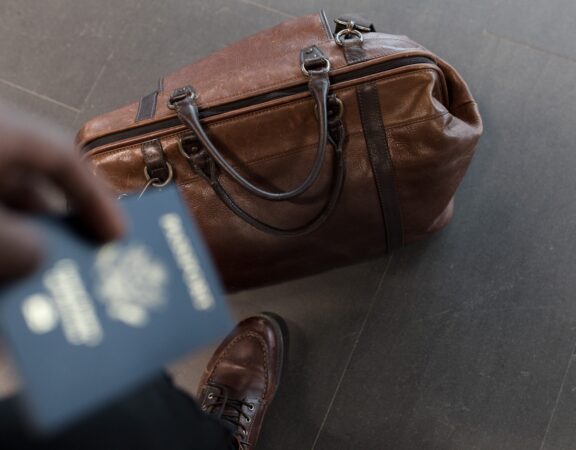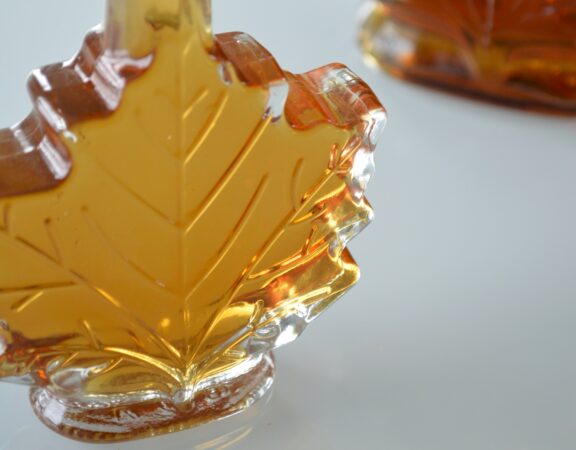- Filter by
- Categories
- Tags
- Show all
- Article
- Confusion
- Contract
- Copyright
- Corporate
- Domain Names
- Employment
- Expungement
- Expungement
- Grey Marketing
- Industrial Designs
- Licensing
- Obviousness
- Opposition
- Passing Off
- Patent
- Patent Infringement
- Patent Strategy
- PCK News
- PM(NOC)
- Procedure
- Prosecution
- Services
- Summary
- Trade Secrets
- Trademark
- Use
- Validity
- Abandonment
- Abstract Theorems
- Abuse of Process
- Accounting of Profits
- Alice/Mayo Test
- Ambiguity
- Anticipation
- Appeal
- Apple
- Artificial Intelligence
- Assignment
- Bargain Theory
- Biosimilar
- Biotech Patents
- Branding
- business
- CAFC
- Canada
- Certificate of Supplementary Protection
- Chemical Patent
- CIPO
- claim
- Claim Construction
- Class Actions
- College of Patent Agents and Trademark Agents
- combination drugs
- Commercial Success
- Common General Knowledge
- Confidential Information
- Confusion
- Contract
- Copyright
- Copyright Infringement
- Costs
- Counterfeit
- Court of Appeals for the Federal Circuit
- COVID-19
- Damages
- Data Protection
- Design Patents
- Distinctiveness
- Diversity
- DNA Patents
- Domain Names
- Dosage Range
- Double Patenting
- Due Care
- E-Commerce
- Enablement
- Estoppel
- Evidence
- Expert Evidence
- Fair Use
- Federal Court
- Federal Court of Appeal
- File Wrapper Estoppel
- Food and Drug Regulations
- Fraud
- funding
- Generic Drugs
- Hague Agreement
- Indefiniteness
- Induced Infringement
- Industrial Designs
- Injunction
- Innovation
- Innovative Drugs
- Insufficient Disclosure
- Intellectual Property
- Inter Partes Review
- Investors
- IP Litigation
- IP Strategy
- IP Treaty
- IPIC
- Jurisdiction
- Law Firm
- Licensing IP
- Madrid Protocol
- Methods of Medical Treatment
- Non-Infringing Alternative
- Non-Practicing Entity
- Novelty
- Obviousness
- Official Marks
- On-Sale Bar
- Overbreadth
- Ownership & Inventorship
- Passing Off
- Patent Act
- Patent Agent
- Patent Appeal Board
- Patent Application
- Patent Drafting
- Patent Fees
- Patent Infringement
- Patent Law
- Patent Lawyer
- Patent Litigation
- Patent Prosecution
- Patent Rules
- Patent Strategy
- Patent Term Adjustment
- Patent Textbook
- Patent Trolls
- Patent Validity
- Patentable Subject Matter
- Patents
- PCT
- Pharmaceutical Patent
- Pharmaceutical Pricing
- PM(NOC)
- PMPRB
- Prior Art
- Prior Disclosure
- prior use
- Priority
- Privilege
- Product Specificity
- Promise Doctrine
- Provisional Patent
- Punitive Damages
- Reinstatement
- Remedies
- SCOTUS
- Selection Patent
- Software
- Software Copyright
- Software Patent
- Sound Prediction
- Springboard Profits
- SRED
- Standard of Review
- Start-up
- Startups
- Supreme Court of Canada
- Technology
- Trade Secrets
- Trademark
- Trademark Agent
- Trademark Expungement
- Trademark Infringement
- Trademark Law
- Trademark Opposition
- Trademark Registration
- Trademarks Act
- United States
- Use
- USPTO
- Utility
May 4, 2021
May 4, 2021
2021 ONSC 2881: In a copyright dispute over source code, an Ontario court has agreed to extend an existing injunction to cover a new software product released by LDX Inc.
April 22, 2021
April 22, 2021
No. 18-956: In ruling that Google's copying of Java code amounted to fair use, the court adapted traditional copyright laws to software, which is primarily functional in nature.
April 20, 2021
April 20, 2021
This paper uses publicly available filing statistics and a professional survey in an attempt to gather empirical data on the work done by Canadian Patent Agents in the Canadian Intellectual Property Office (“CIPO”) versus the United States Patent and Trademark Office (“USPTO”).
March 30, 2021
March 30, 2021
Draft regulations for the College of Patent Agents and Trademark Agents pose an alarming concern for patent agents dual qualified before the USPTO and CIPO.
March 26, 2021
March 26, 2021
2021 FC 85: The Federal Court upheld the validity of all claims, but found that PetroChina was not infringing Maoz Betser-Zilevitch's patent for an SAGD.
March 3, 2021
March 3, 2021
Fed Cir, 2019-1927: The CAFC overturned a finding of non-obviousness by the US Patent Trial and Appeal Board on a patent owned by Melanoscan, LLC.
February 16, 2021
February 16, 2021
PAB 1556: Canada’s Patent Appeal Board reconsidered Mr. Choueifaty’s patent application for a computer-implemented method of managing portfolio assets.
February 1, 2021
February 1, 2021
2021 FCA 7: The FCA narrowly interpreted section 53.1 of the Patent Act, refusing to look at a corresponding US application that was not named by number.
January 19, 2021
January 19, 2021
2020 QCCS 4541: Court held that forthcoming amendments to the Patented Medicines Regulations are unconstitutional and infringe on provincial powers.
December 18, 2020
December 18, 2020
2020 FCA 210: Court held that parties are not entitled to damages or an accounting of profits following the expungement of an infringing trademark.
December 2, 2020
December 2, 2020
Fed. Cir. 2018-1779: A patent for testing fetal DNA was found to be unpatentable because the claims were not fully supported by the written description.
November 16, 2020
November 16, 2020
2020 FC 997: In a summary judgement for patent impeachment, Canada's Federal Court found a patent for heating hydraulic booms to be invalid for obviousness.
November 9, 2020
November 9, 2020
SCC 39144 : Supreme Court of Canada confirms an appellate ruling which found that, while official marks cannot eliminate rights under prior registrations.
November 2, 2020
November 2, 2020
Andrew Currier and Stephen Perry review best practices for drafting software patents to global standards and propose a new test for examining software inventions in Canada.
October 27, 2020
October 27, 2020
2020 FCA 141: Court warns judges not to be "spooked" by the enormous sums that may be calculated in an accounting of profits for patent infringement.
October 19, 2020
October 19, 2020
Andrew T. Currier has been honoured by his alma mater, Kettering University, as this year's recipient of the Entrepreneurial Achievement Award.
October 5, 2020
October 5, 2020
T-1686-18: Canada's Federal Court has clarified that it does not have jurisdiction to designate Standard-Essential Patents.
September 23, 2020
September 23, 2020
2020 FC 837: A recent decision spells the end to the problem-solution approach, which has long been used to block patent applications for software.
September 10, 2020
September 10, 2020
Fed. Cir. 2019-1622: The CAFC found the same preamble created different limitations for different patents, limiting one patent but not the other.
September 3, 2020
September 3, 2020
With problematic brands like Aunt Jemima and Uncle Ben being dropped, how can brand owners prevent third parties from hijacking the discontinued marks?




















